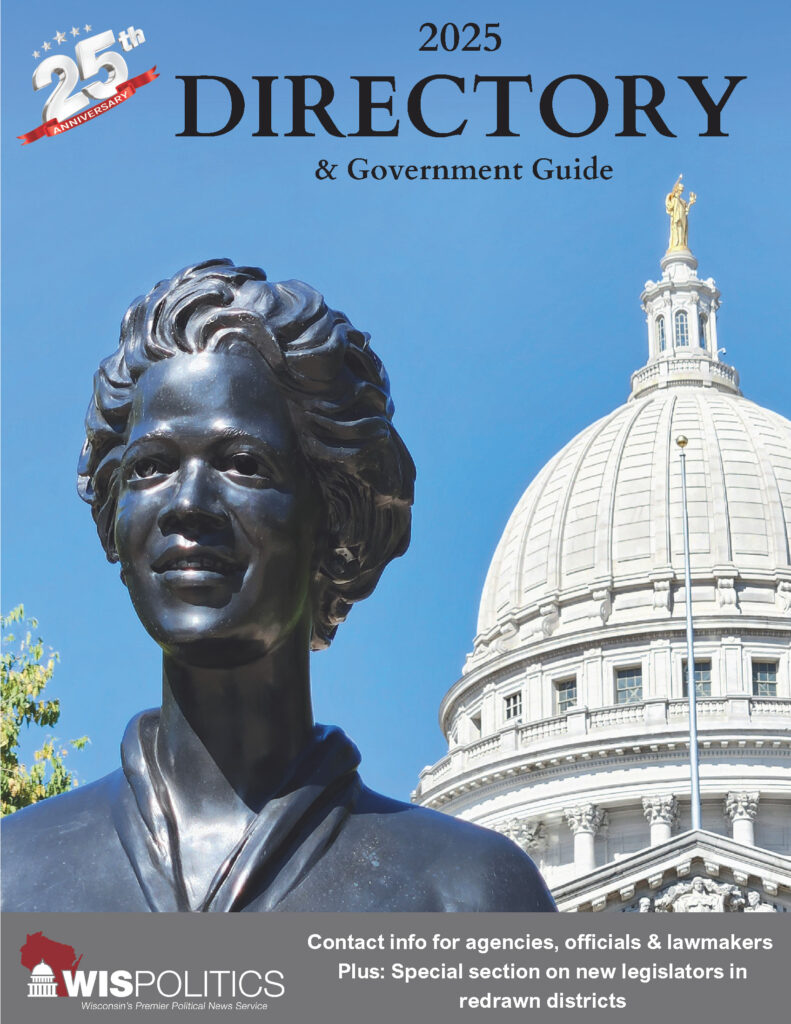MADISON — After three months of negotiations with GOP leaders, Gov. Tony Evers today announced he has reached a tentative bipartisan budget agreement with Speaker Robin Vos (R-Rochester), Majority Leader Devin LeMahieu (R-Oostburg), and Democratic Leader Dianne Hesselbein (D-Middleton) that will provide nearly $1.4 billion in spendable revenue for K-12 schools with the largest increase to the spec...
Please log in to access subscriber content.
If you don't have a subscription, please contact schmies@wispolitics.com for subscription options on the WisPolitics-State Affairs platform, which is the new home for WisPolitics subscriber products.


